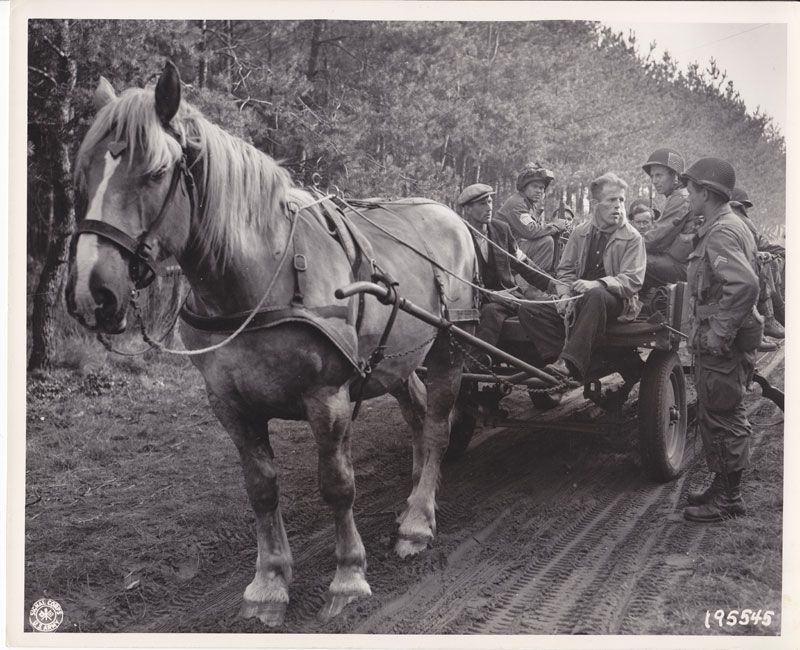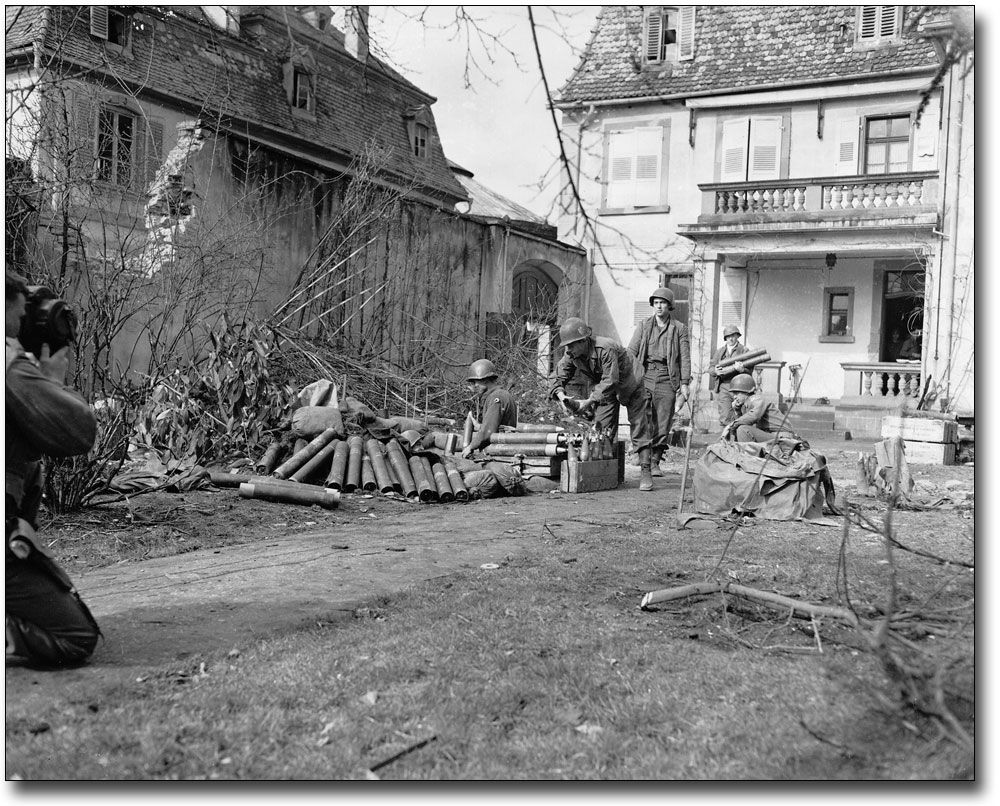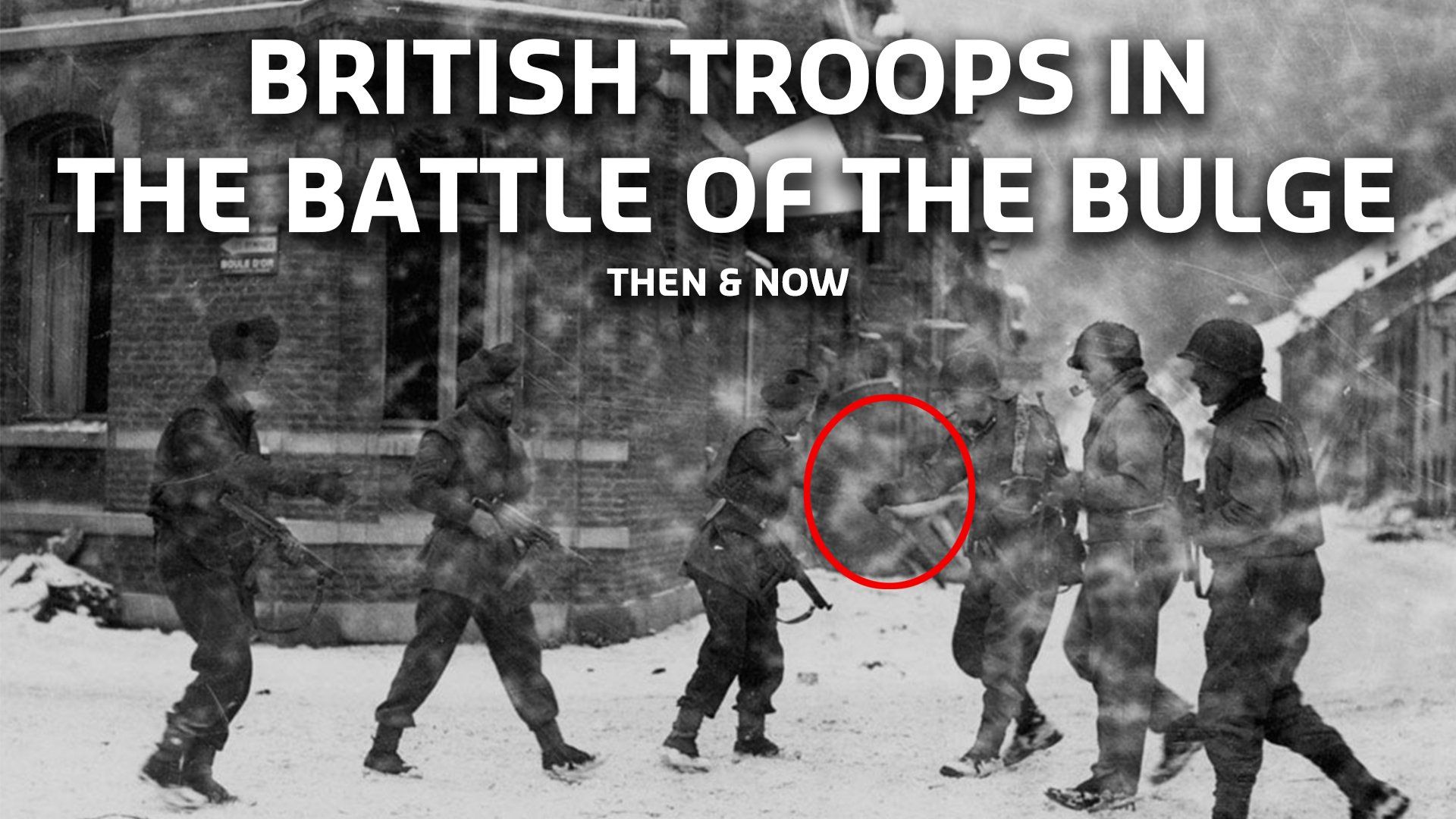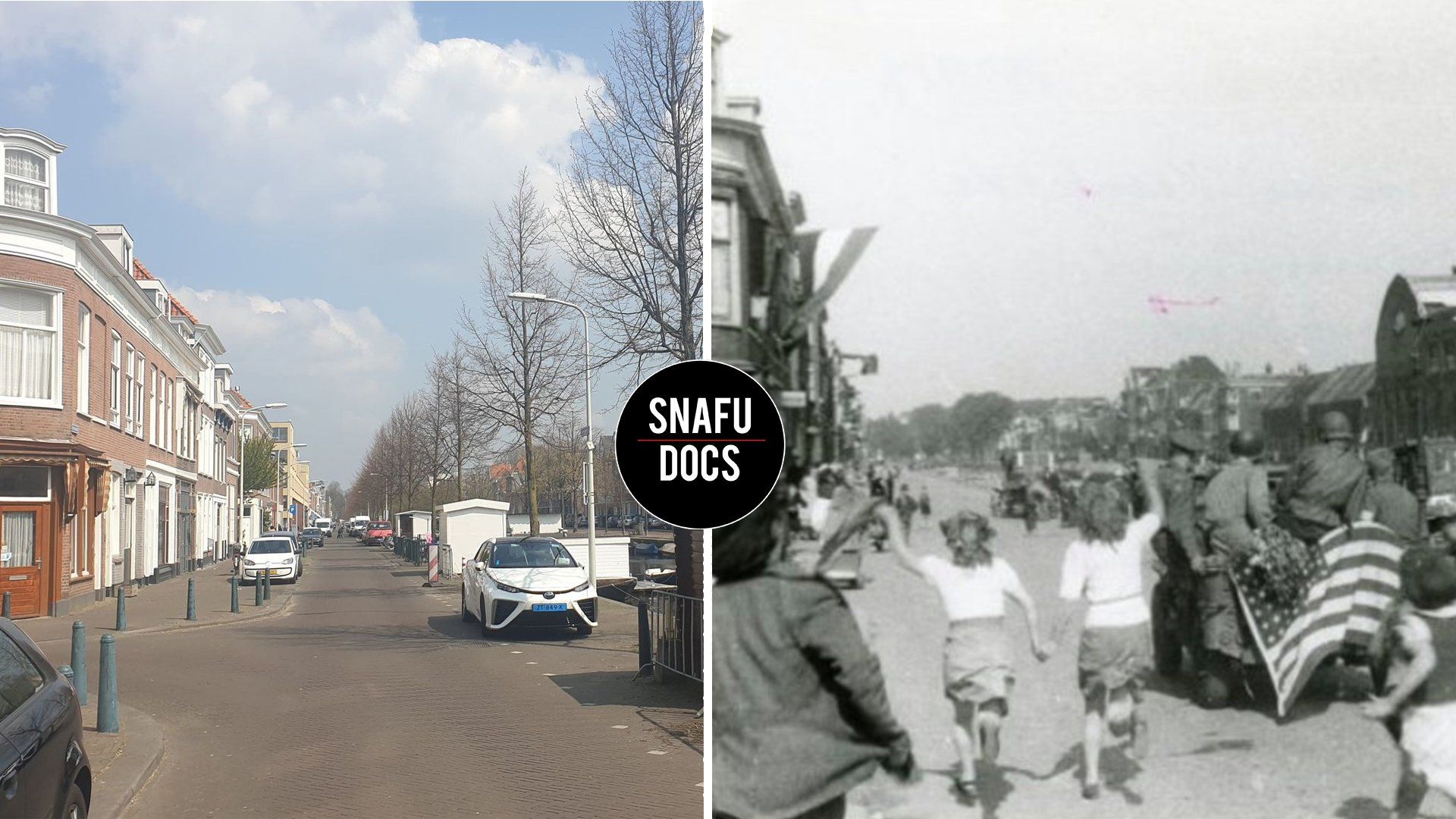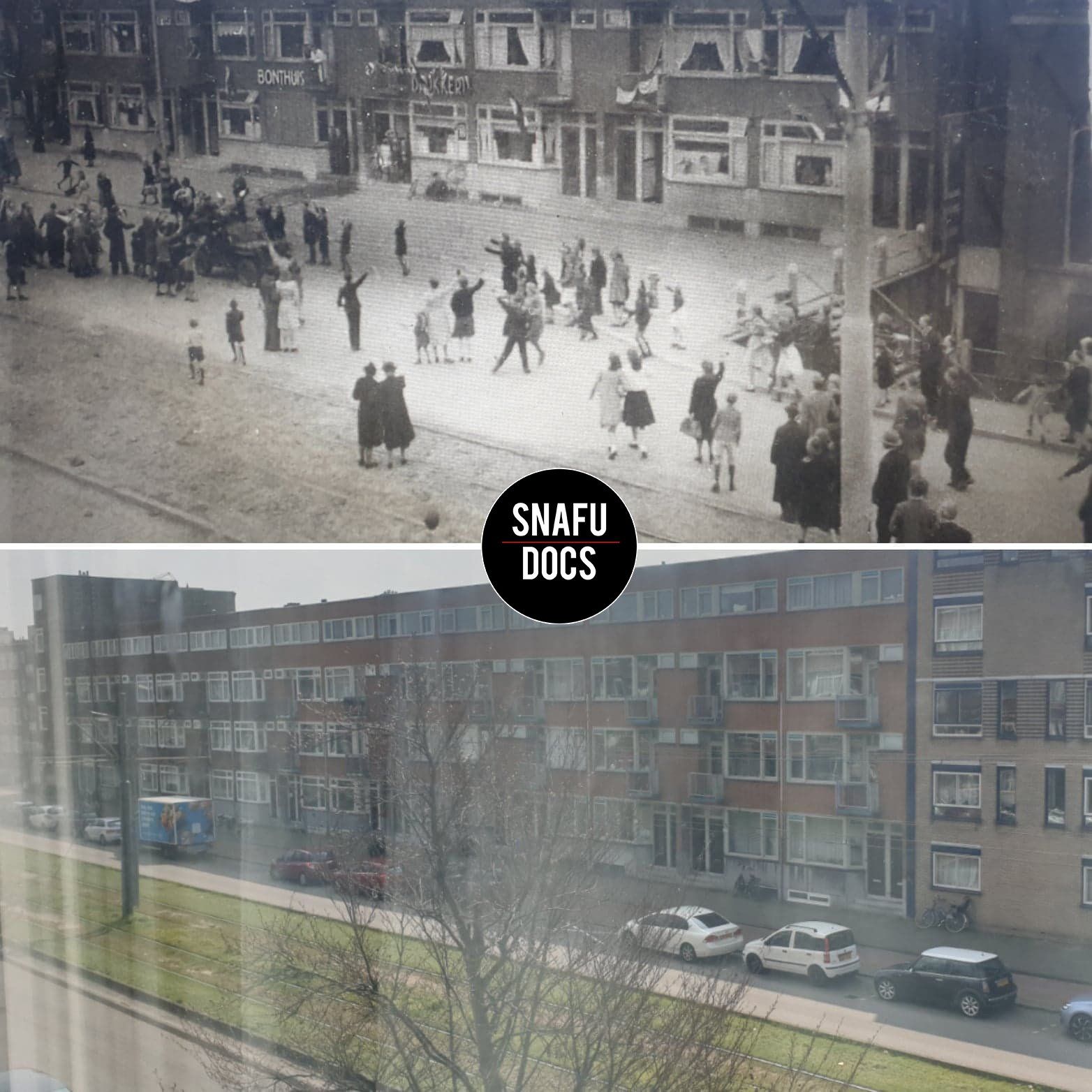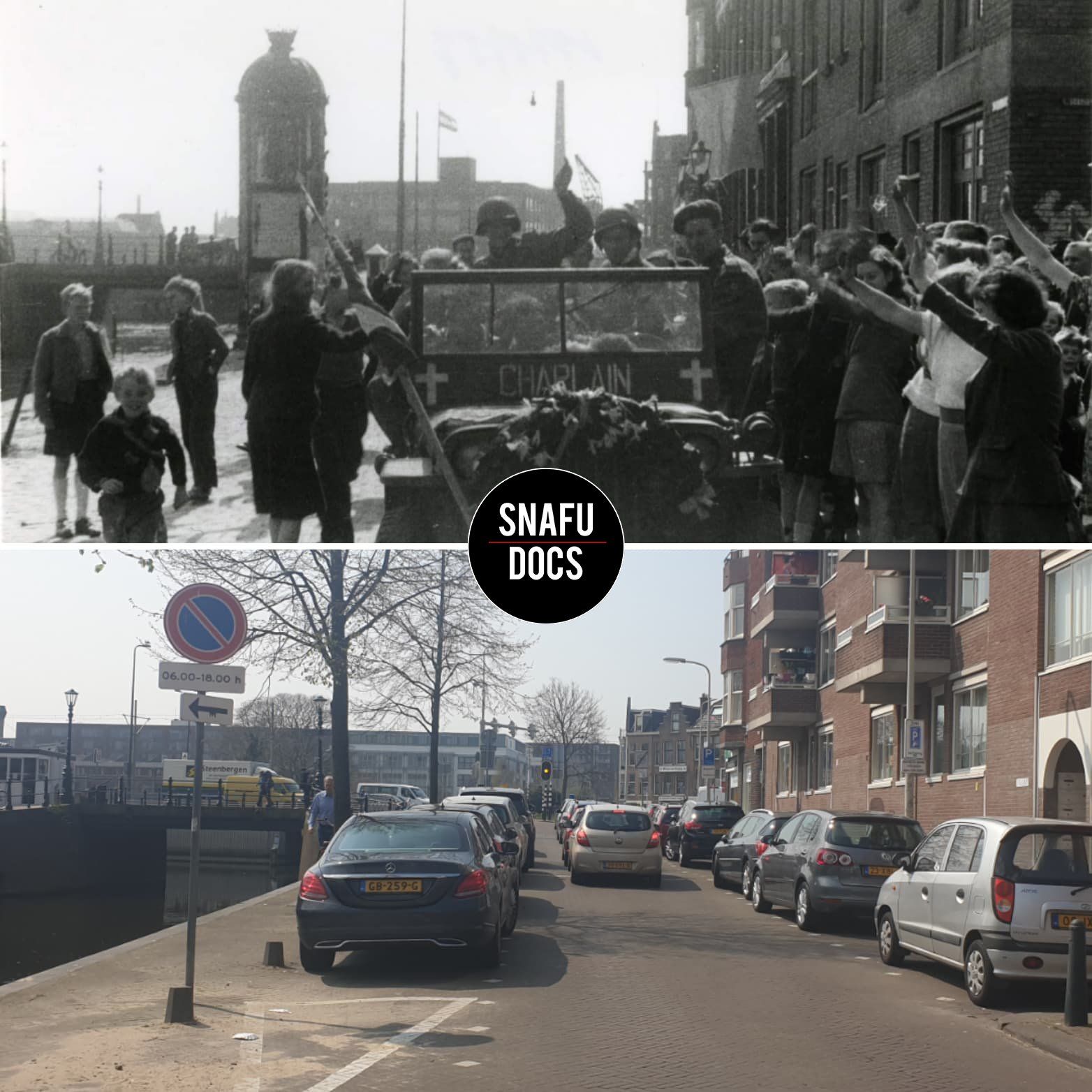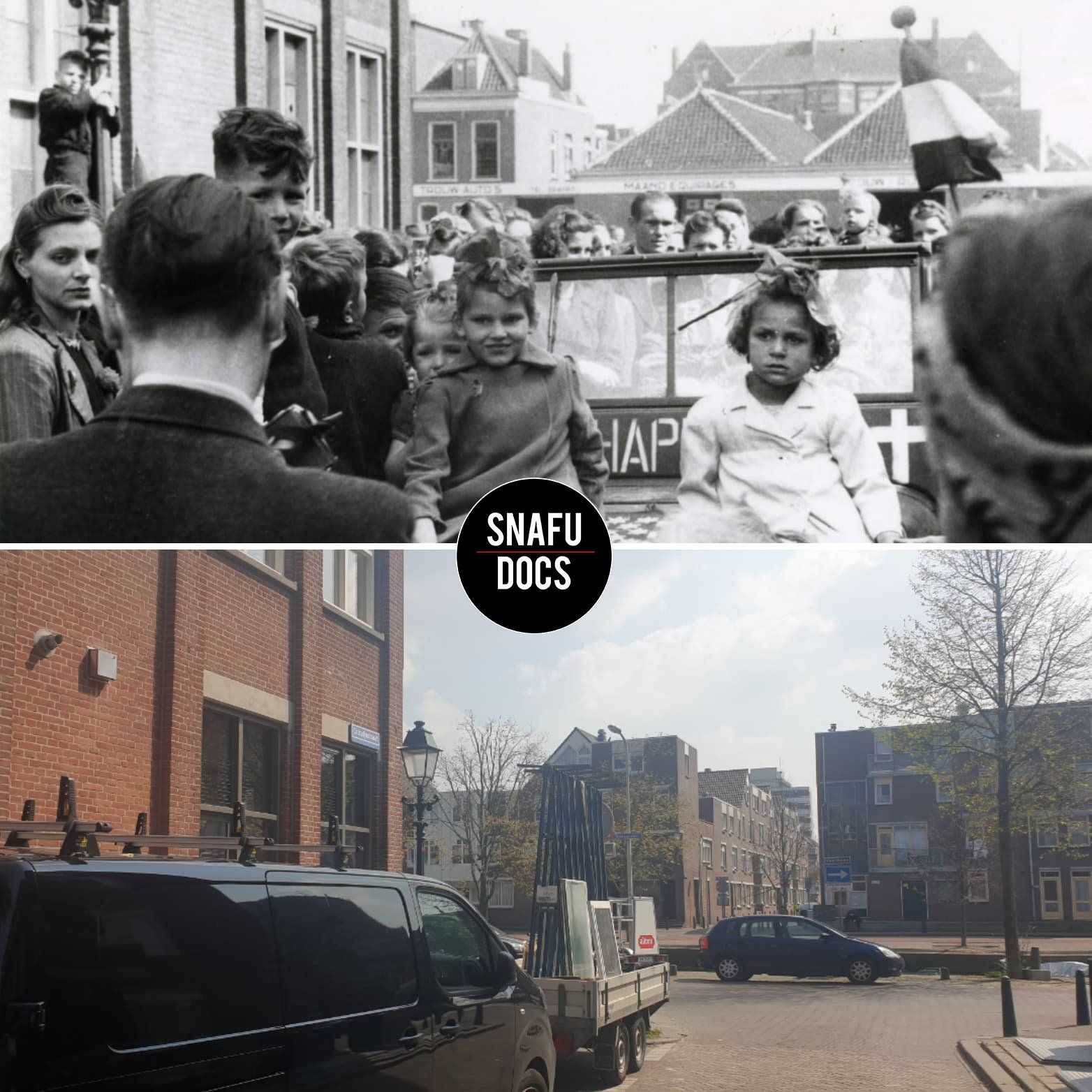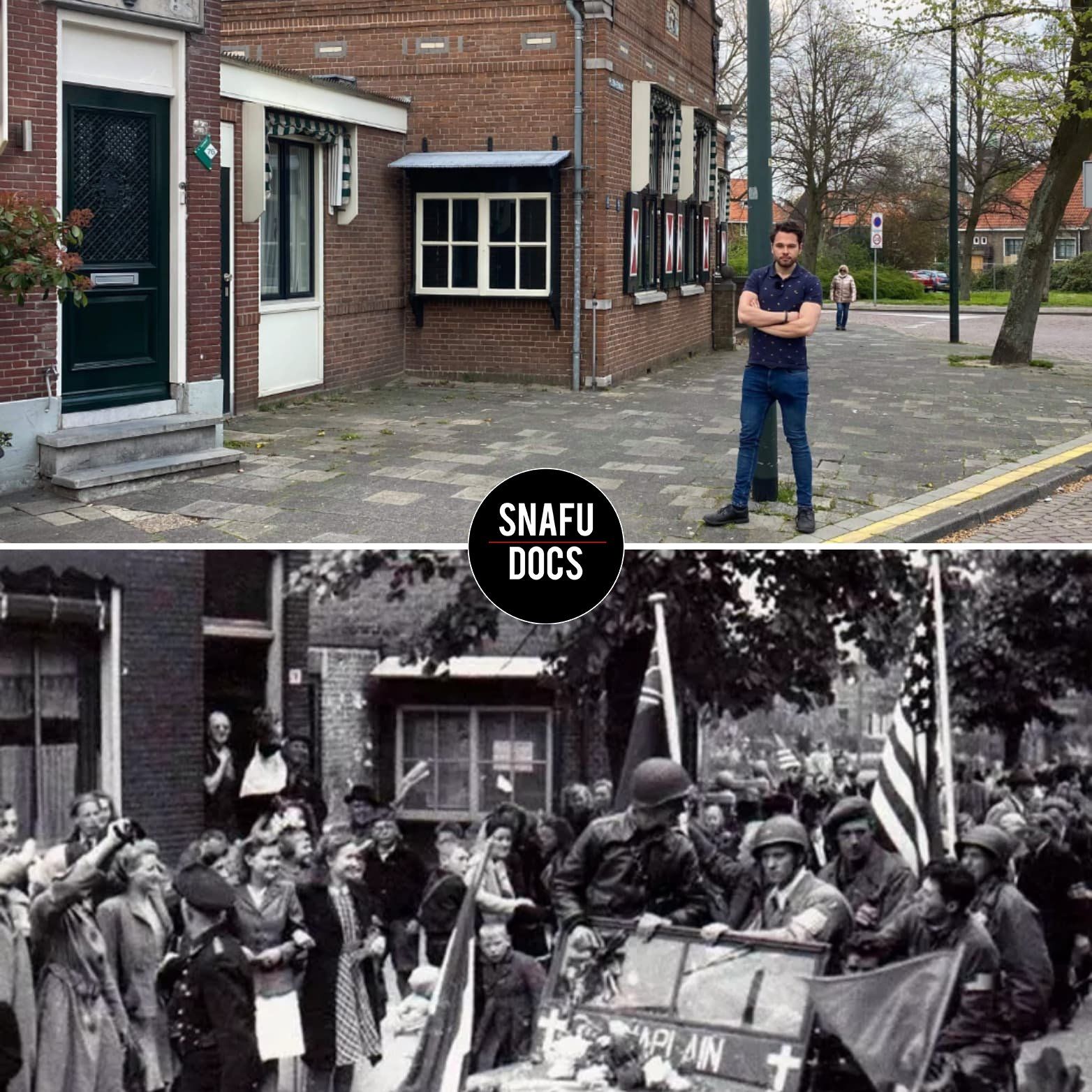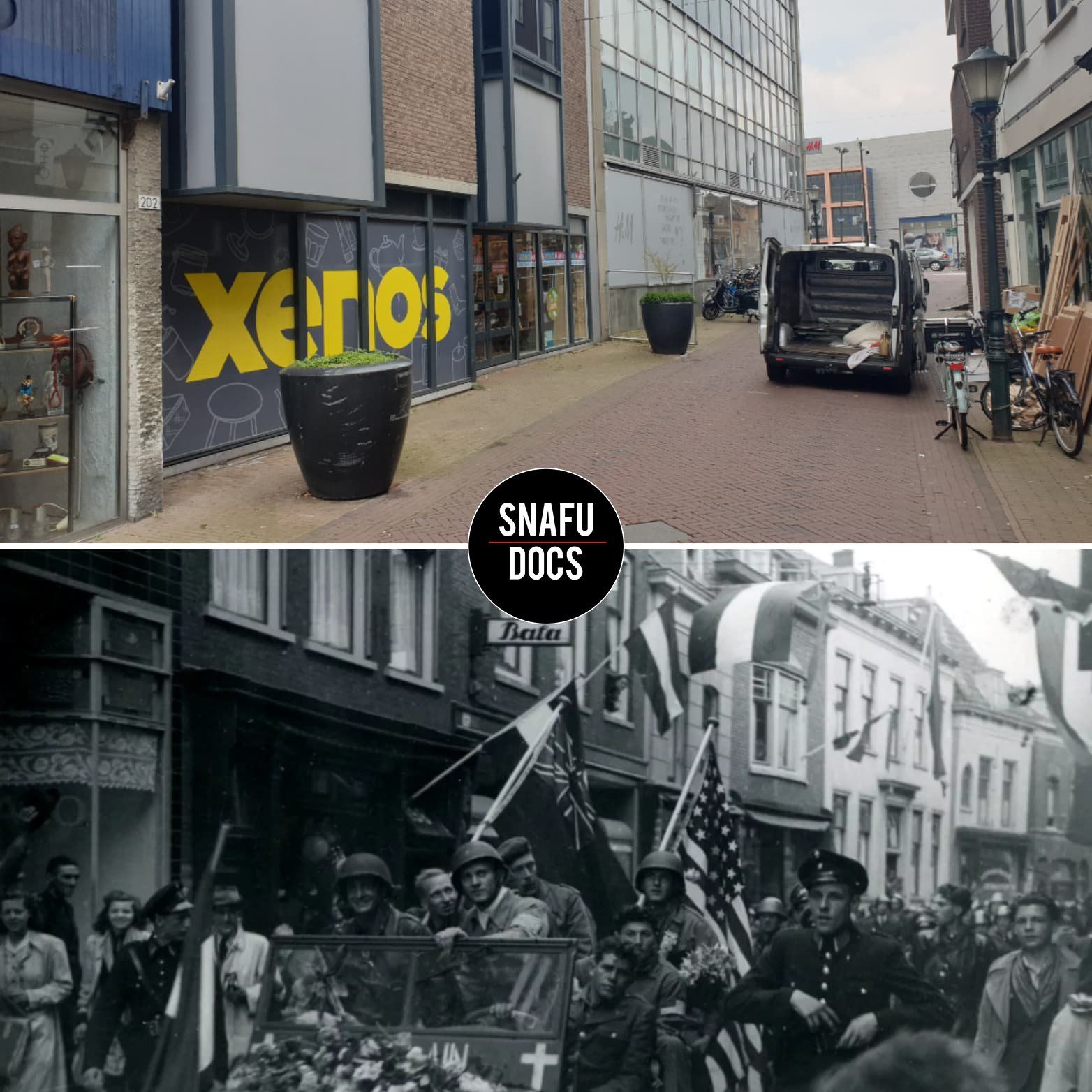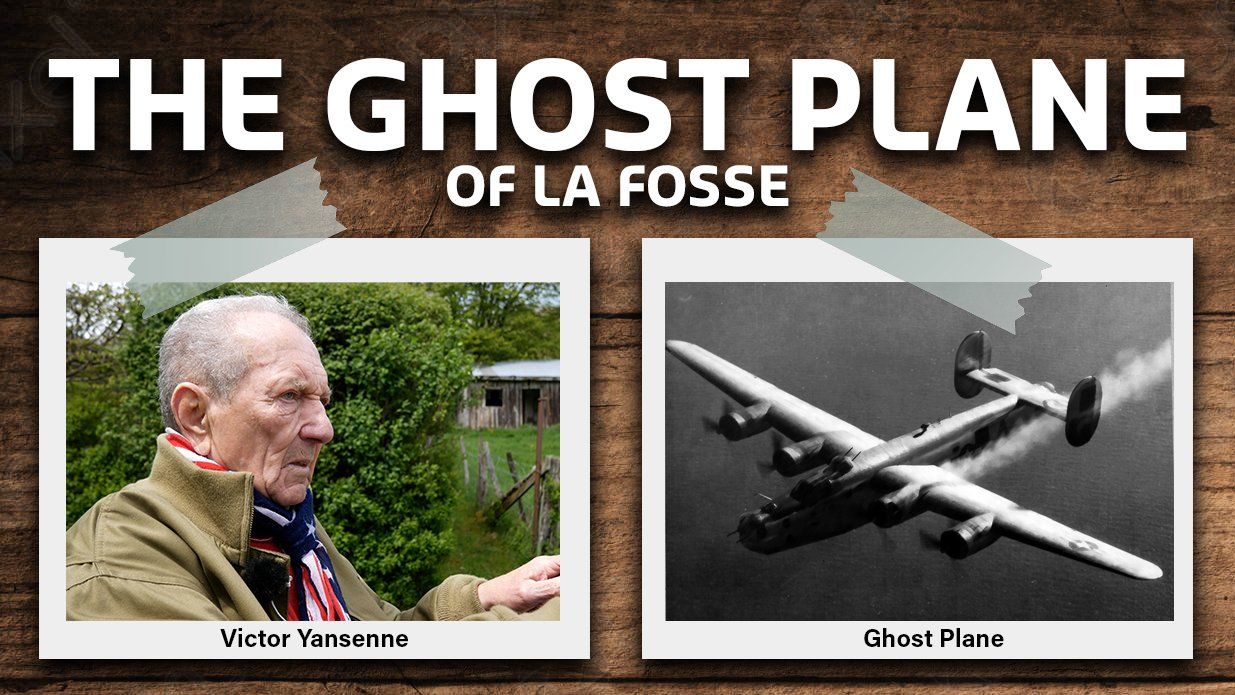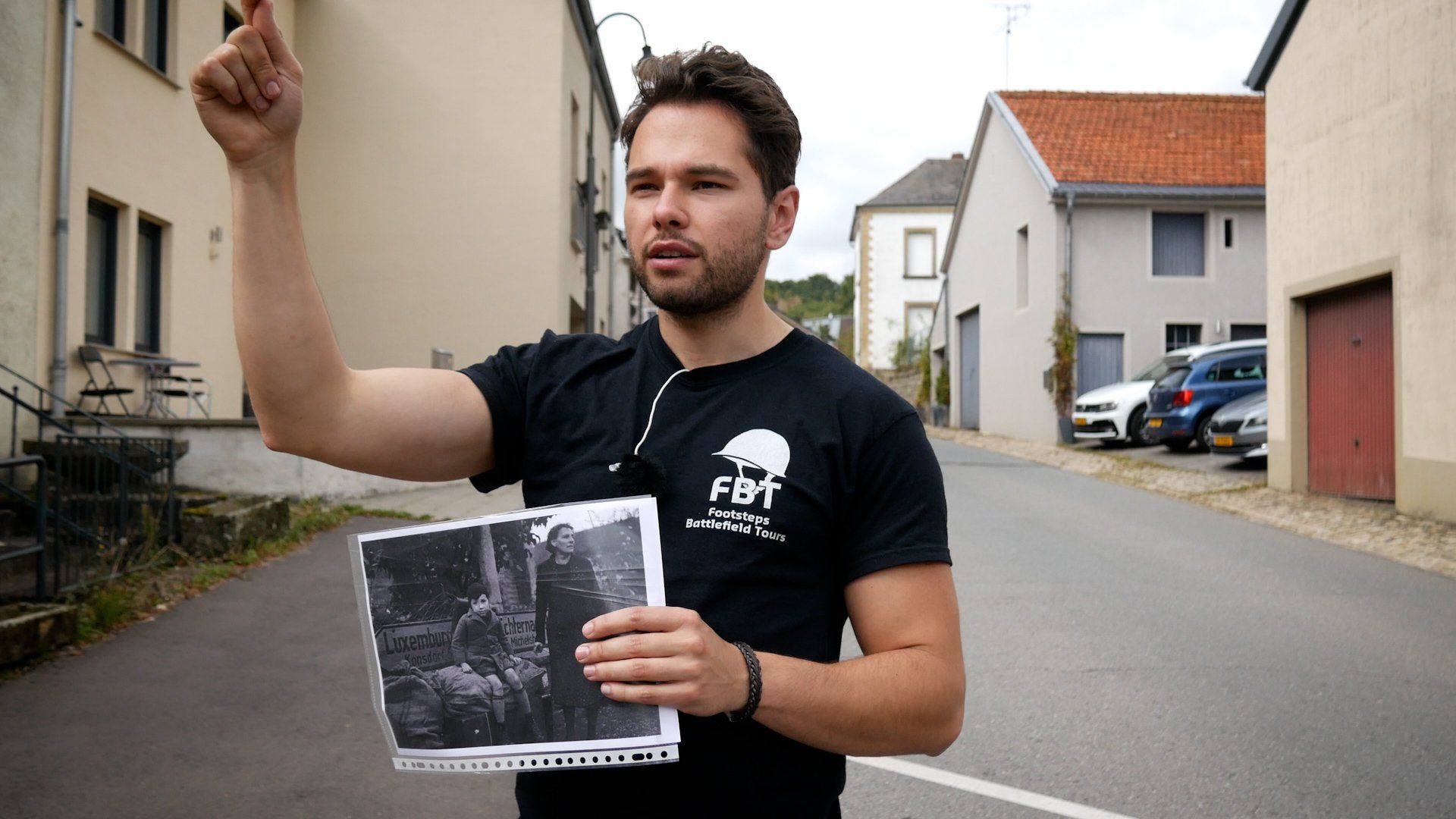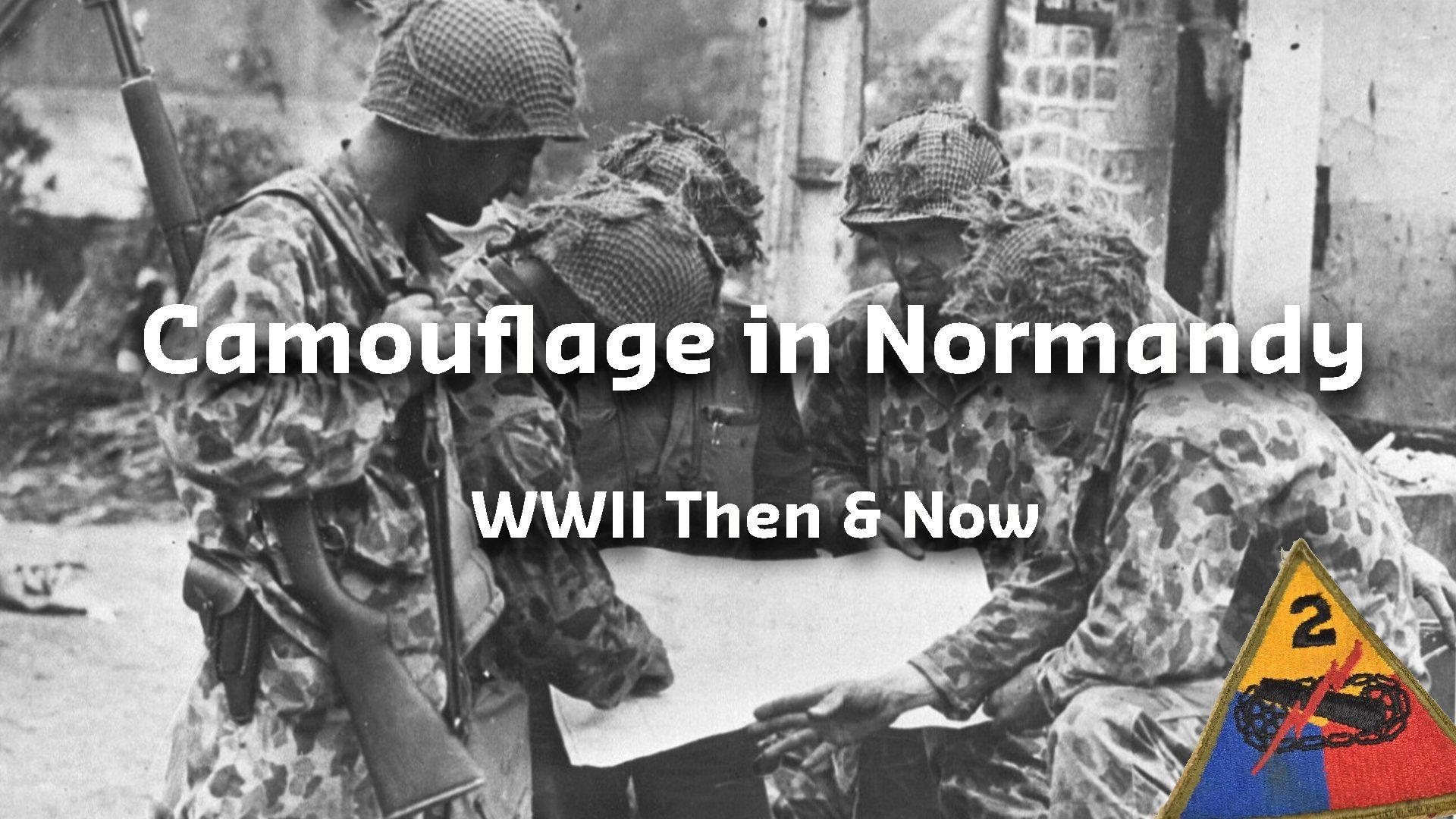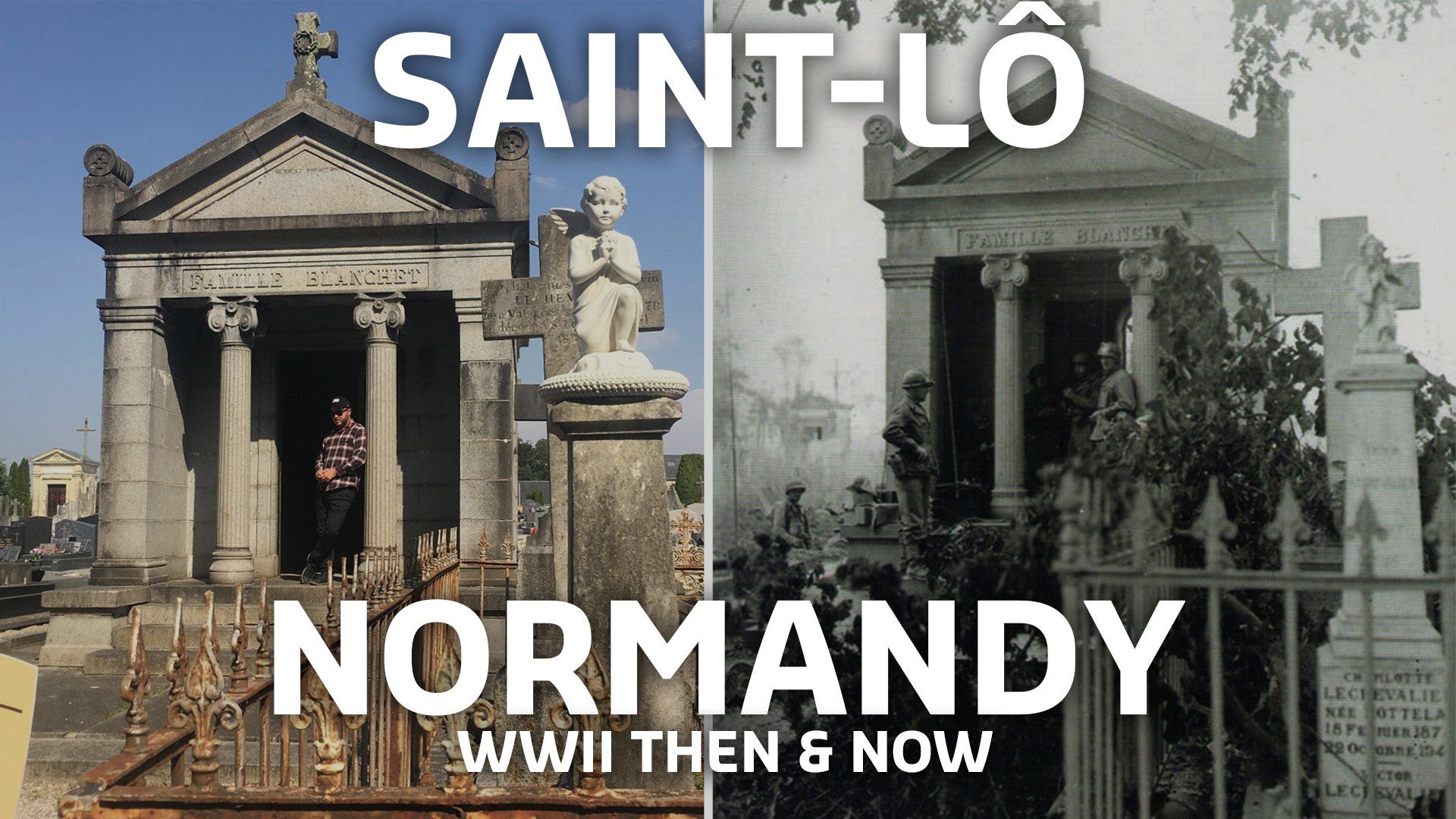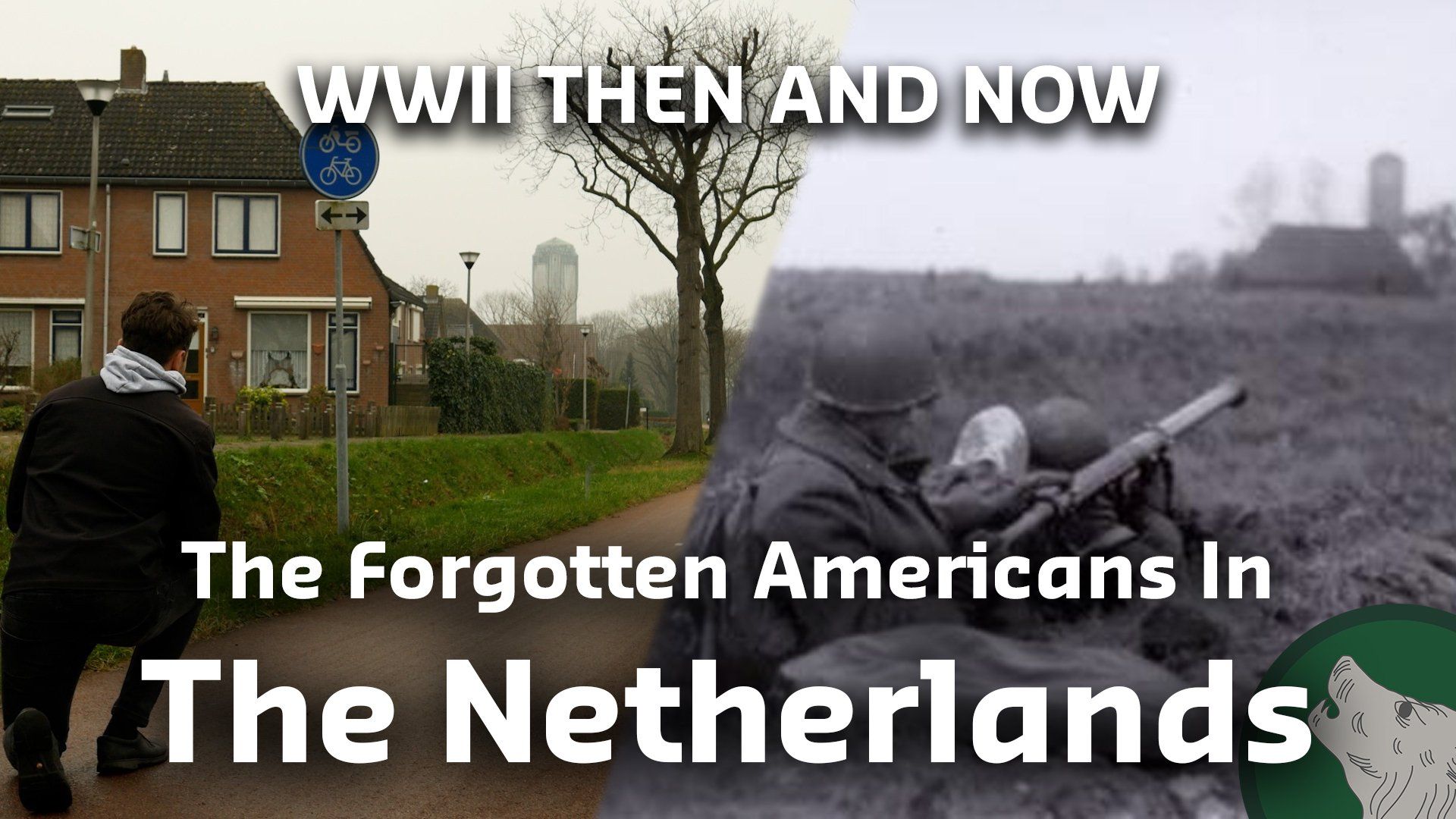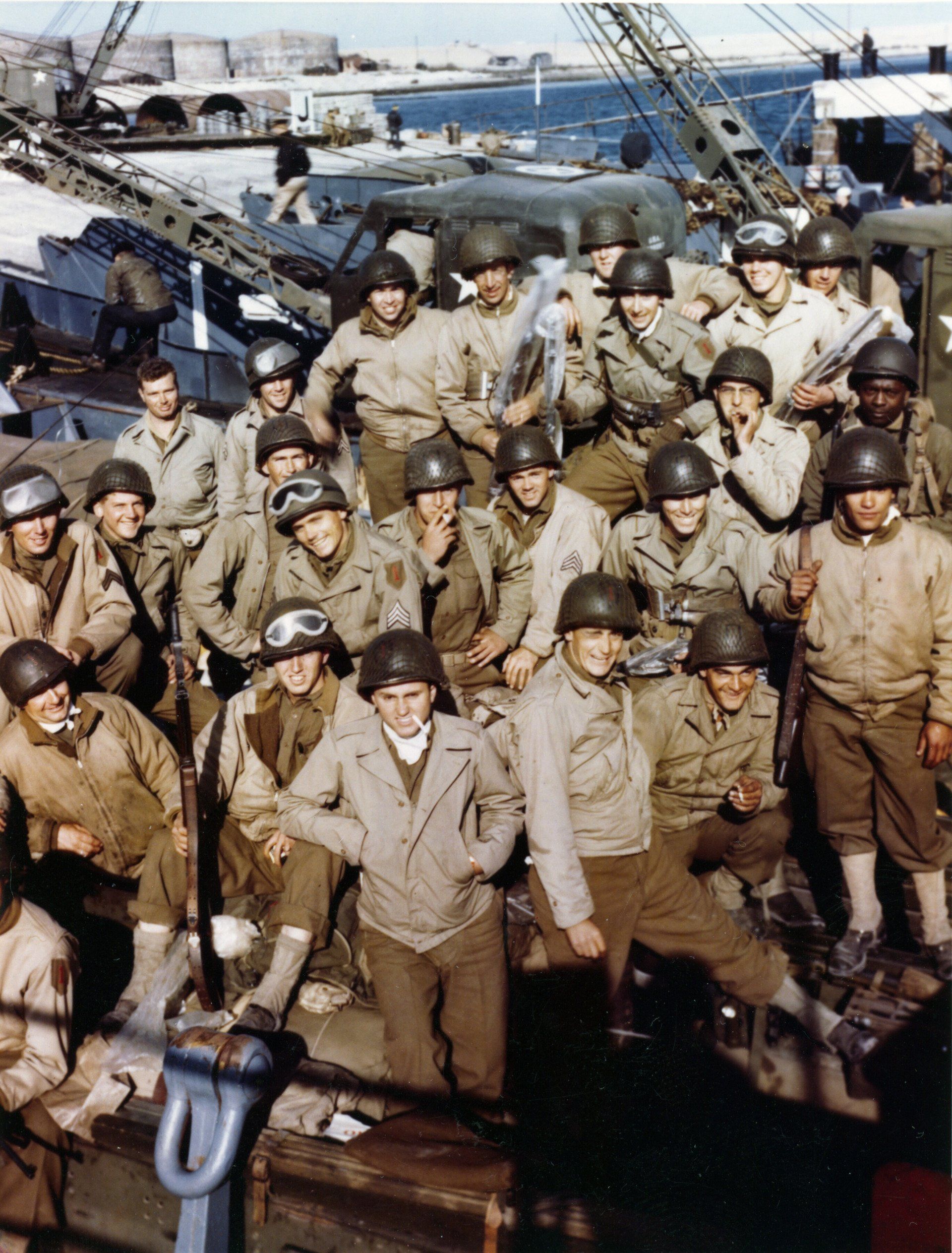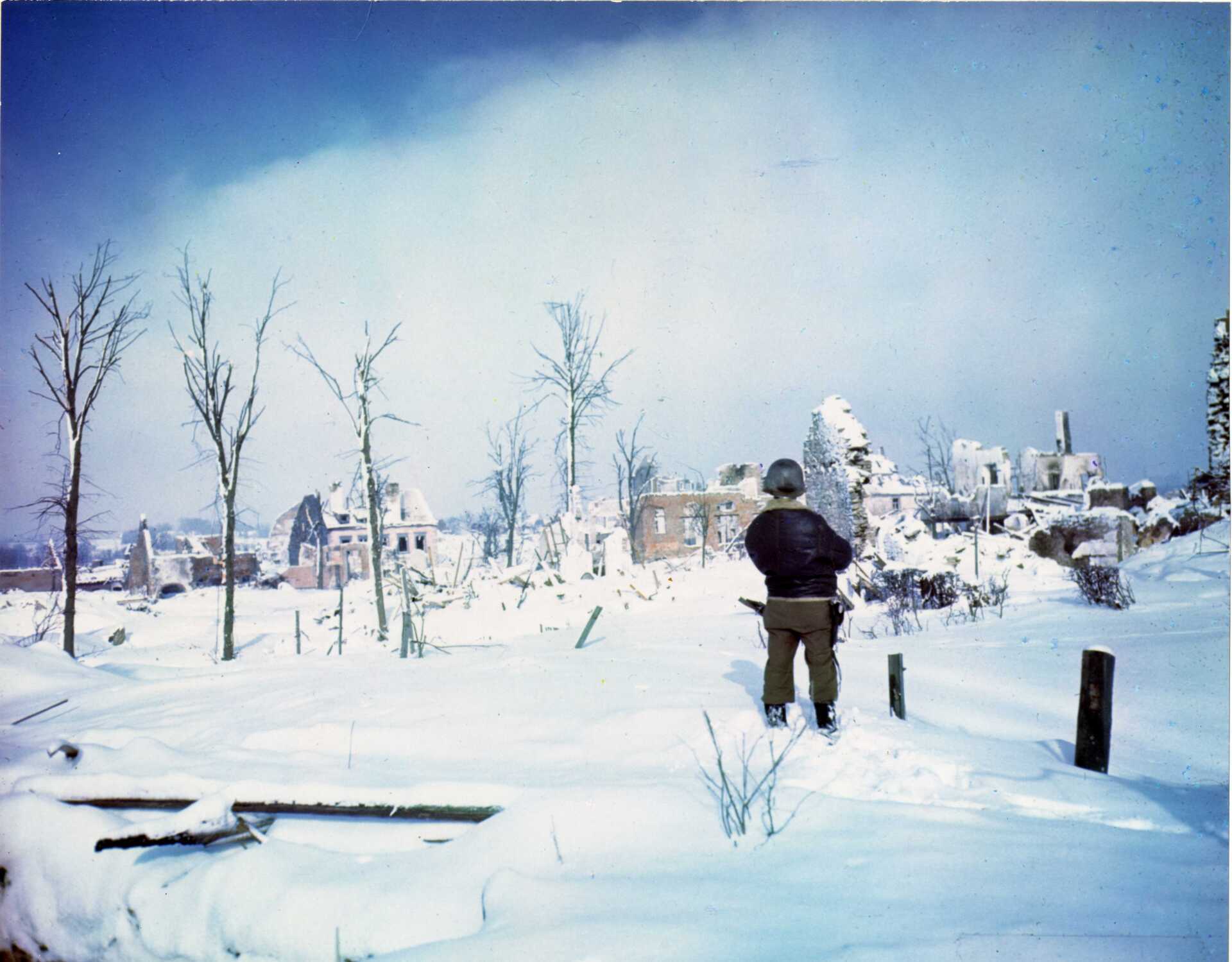American Paratrooper First To Liberate City of Rotterdam and The Hague
The Unexpected Liberators
THE NETHERLANDS - On May 5, 1945, Lt. Peter G. Scotese of New York, his driver Tommie Mills, and their Dutch translator Adrie van Velzen, managed to drive their jeep through German occupied territory with the mission to reach Rotterdam, The Netherlands. The men were part of Company 513th Parachute Infantry Regiment of the 17th Airborne Division. A few days earlier, Van Velzen had let Scotese know that he was worried about his parents whom he had not seen since he was arrested in November 1944 in the Rotterdam Razzia. Van Velzen later managed to escape and walked into the arms of the Americans, for whom he started working as an interpreter. Scotese managed to arrange a furlough and together with Tommie Mills, the three took an American jeep from a hospital where Scotese had previously stayed. The men were soon on their way to Rotterdam, where they were the first liberators in the area on May 5, 1945, even before the arrival of the Canadians. Two days later, on May 7, the group was to assist a Dutch resistance group to raid the German police prison, the Oranjehotel, near Scheveningen. The next day, VE-Day (Victory in Europe), May 8, 1945, they would all participate in the liberation parade in Vlaardingen.
German Occupied Territory
Rotterdam was situated in the industrial and urban part of the country that had been under German occupation since May 14, 1940. On May 5. 1945, the German Army in the Netherlands officially surrendered. However, it was not until several days later that the Canadian Army would “liberate” the bigger cities of Amsterdam, Rotterdam, and Utrecht and surrounding towns. This meant that on May 5, a big part of the country was still under German control. This did not stop Scotese, van Velzen and Mills who arrived in Rotterdam in the afternoon of May 5, 1945. Canadian troops were officially assigned to liberate and occupy the western part of the Netherlands, but they would not arrive until May 8, 1945. Peter Scotese, Tommie Mills and Adrie van Velzen were the first liberators to arrive in the city.
Raiding a Prison Facility
Their adventure did not stop here. Two days later, May 7, the group would help a Dutch Resistance Group to raid a prison facility near the Dutch coastal town of Scheveningen, several miles from The Hague. This prison was the last stop for many resistance members. After trial most of them would be executed in the dunes on the coast. Almost risking their lives, the group of Peter Scotese and the resistance group bluffed their way inside the facility to liberate the leader of that Dutch resistance Group. They all made it out alive and were honored the next day.
